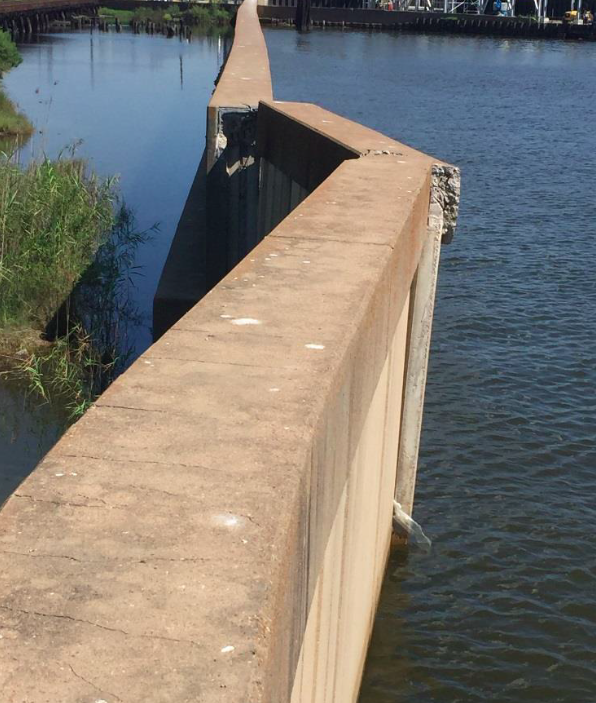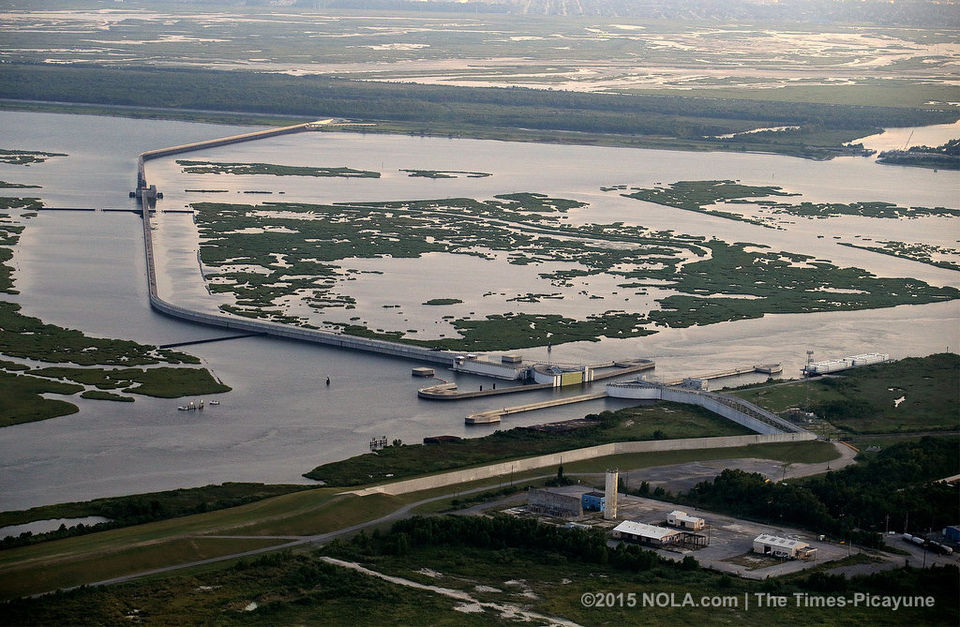
A runner tries to navigate a flooded section of sidewalk underneath the Longfellow Bridge in Cambridge, Mass. Jessica Rinaldi/The Boston Globe
statnews.com - by Kate Sheridan - February 15, 2019
. . . the potential risks of climate change — and the attendant increase in natural disasters — stand to outstrip any … incremental gains, as the companies described in recent risk assessment reports to the British nonprofit CDP.
Hurricanes and superstorms, power outages and flooding all threaten manufacturing facilities and research sites, particularly when animals are involved. Droughts, too, threaten critical water supplies. Forest fires, even if remote from a given plant or research facility, bring smoke and air pollution that can similarly disrupt the day-to-day work for drug makers and their supply chain . . .
. . . STAT surveyed the risk assessment plans for more than a dozen major pharmaceutical companies and spoke with officials at labs that survived extreme weather events and others who are planning to avoid their repercussions. All emphasized that the risks are already real — and underscored how hard the industry is working to prepare to meet the challenge.







 A hole in the basin near Taylor Bayou created a shift in the dirt and the wall where the levee exists, County Judge Jeff Branick tells KFDM/KBTV. It is not clear what caused the hole. There is no timetable for repairs but workers are attempting a temporary fix. They were building a pad at the levee late Monday morning. There is also no official cost estimate of the fix. The levee is close to the Valero docks. (KFDM/KBTV photo)
A hole in the basin near Taylor Bayou created a shift in the dirt and the wall where the levee exists, County Judge Jeff Branick tells KFDM/KBTV. It is not clear what caused the hole. There is no timetable for repairs but workers are attempting a temporary fix. They were building a pad at the levee late Monday morning. There is also no official cost estimate of the fix. The levee is close to the Valero docks. (KFDM/KBTV photo)

Recent Comments